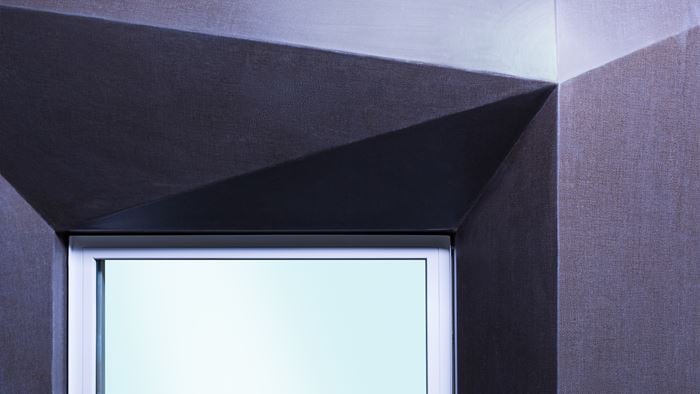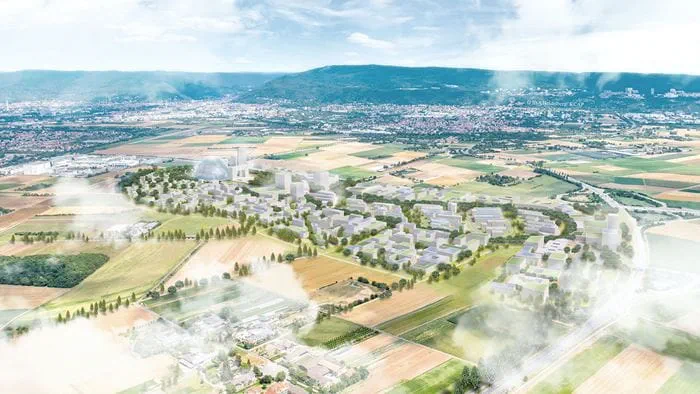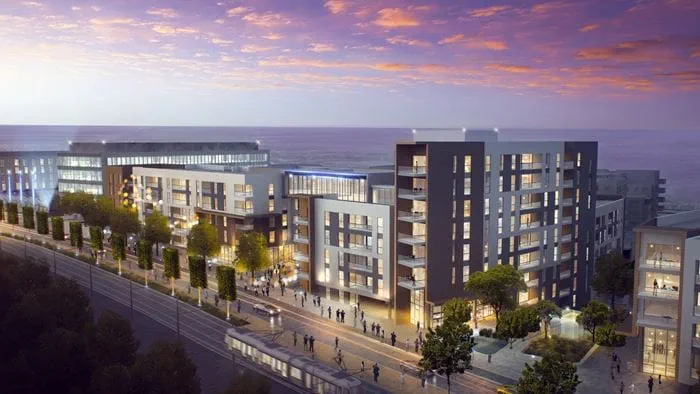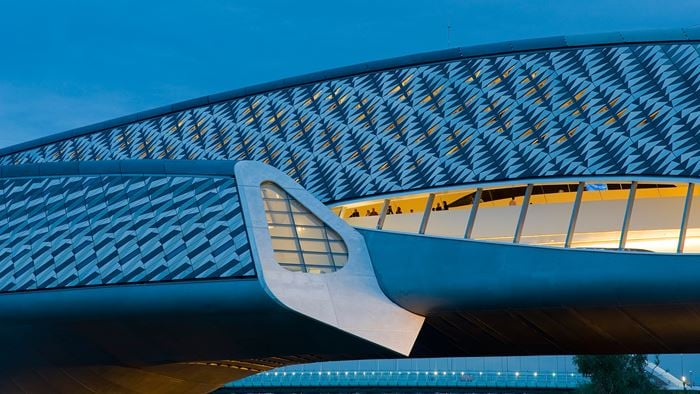A greener future’s not all about electric cars; it’s about smart building engineering too.
Facades are the screen wall of cities: put simply, things hang from them. But what kind of smart technologies will we hang from facades in our new, smarter cities? I believe it won’t be smart phones or social media. Despite the hype, I don’t think it will be LED screens either. Here are my predictions for the facades of the future.
First there’s the glazed part
Imagine a window glass that can modify the wavelength of solar radiation, transforming ultraviolet into visible rays. The result would be more natural light all year round. A glass with a higher light transmission and dynamic solar control: now that’s something to invest in. Glass, either double or triple glazed, is always worse than an opaque wall in terms of thermal insulation – ten times worse as a rule of thumb. So imagine a new glass pane with a U-value of 0.4W/m2ºK – a rate of heat loss just twice as much as an efficient opaque wall. Two competing technologies are almost there: closed cavity over-pressurized glass (quadruple glazed and thick for curtain walling) and vacuum insulated glass (double glazed and thin for residential windows).
Then there’s the opaque part
The first goal here is to improve thermal mass while reducing weight and depth. This will need cheap (not there yet) phase change particles embedded in thin plasterboard. Or with exposed, very efficient concrete located at ceiling level. The target? Lightweight, prefabricated, opaque facades that are easy to install and to reuse and that behave thermally as heavy massive walls. We only have to cross the cost threshold, and we can do that using existing materials and aggregates.
And finally, there’s the dynamic or responsive concept
This is the new strong idea. Why should we only live in highly passive but fenced cells all year round? Envelopes should be capable of storing, filtering and redirecting thermal, light and air flows – not just acting as barriers to them – according to the conditions inside and outside the building.
Imagine a facade with a variable U-value, so that energy flows out when inner heat is excessive. One way this can be done is with blown fibre insulation, modified with spray-applied microencapsulated phase change materials. The trick here is finding dynamic responses that are simple to implement and to maintain.
We already have the technology and we can harvest the data to fine-tune our envelopes for a better response in a dynamic environment. Simulation and measuring should go hand-in-hand to avoid mistakes, but the result will be a higher level of comfort and reduced energy use.
This isn’t just a list of gadgets. Some of my predictions might be wrong in the detail but hopefully not in their approach — responsive building envelopes. This will see smart, simple to manage facades improving our buildings and helping create leaner neighbourhoods and smarter cities. It has to, because it’s something we owe to the next generation.
 ;
;





